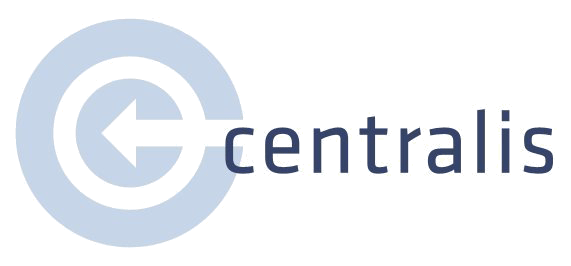Imagine you work for an organization interested in improving your product’s user experience (UX). Perhaps you already have a dedicated team of UX research professionals but need some outside expertise, or you’re entirely new to the concept of usability testing and have no idea where to start. Either way, you need a quick but rigorous method that won’t break the bank. What do you do?
That’s when you’re glad you found this blog about scenario-based cognitive walkthroughs. 😉
What is a cognitive walkthrough?
Simply put, it’s a prioritization tool -- a quick approach to examining a product, software, app, or website’s interface through the eyes of users so that their perspectives are considered when setting design direction. It involves having a skilled UX expert review the interface they are investigating and conduct a one-on-one, task-based interview with a collaborator to identify key usability issues and priorities.
At Centralis, a team of two UX Specialists conducts our cognitive walkthroughs. One expert starts by reviewing the stimuli and forming hypotheses about possible areas of confusion, difficulty, or places where users might stumble or derail. The second expert – who plays the role of the user – is then invited to complete a hypothetical task using the stimuli, while thinking aloud. This helps the team identify potential constraints users may encounter. Cognitive walkthroughs are grounded in a set of usability standards and UX best practices that include:
Visibility and intuitiveness of navigation and menu options
Effectiveness of screen layouts, messaging, and labeling
Efficiency of user flows, data entry, and interactions
Potential sources of user error or misunderstanding
Internal consistency of system behavior
What can I learn from conducting a cognitive walkthrough?
Cognitive walkthroughs can lead to a range of useful outcomes, such as identifying key barriers to the completion of a process, revealing why users abandon the site at a certain point, disclosing what missing information users need to proceed with a task, and assessing how easy or difficult the experience is for new users.
These outcomes position cognitive walkthroughs as a particularly helpful tool when applied early in a project’s lifecycle. Thanks to its brevity, cognitive walkthroughs provide critical insight about potential usability issues while saving time and resources (i.e., money!), which makes this method appealing.
What are the limitations of cognitive walkthroughs?
Despite its advantages, a cognitive walkthrough should not be the sole method used to evaluate the usability of a product, app, software, or website’s interface. Cognitive walkthroughs work best for common tasks in the general population, when the "collaborator" may fit the profile of the target user. This method may be less informative if specialized knowledge is required to complete the tasks. In those situations, cognitive walkthroughs can still help identify variations from usability best practices.
Isn’t usability testing a better approach?
Yes! The best way to improve a product is to watch people use it. Ideally, those people are actual users: usability testing is the gold standard for identifying interface issues and improving a product’s user experience. However, while usability testing can be done relatively quickly and inexpensively, it is often still squeezed out of design timelines and budgets. Cognitive walkthroughs can bridge the gap by catching fundamental usability issues early, and identifying priorities for future user research, with minimal time and money required.

